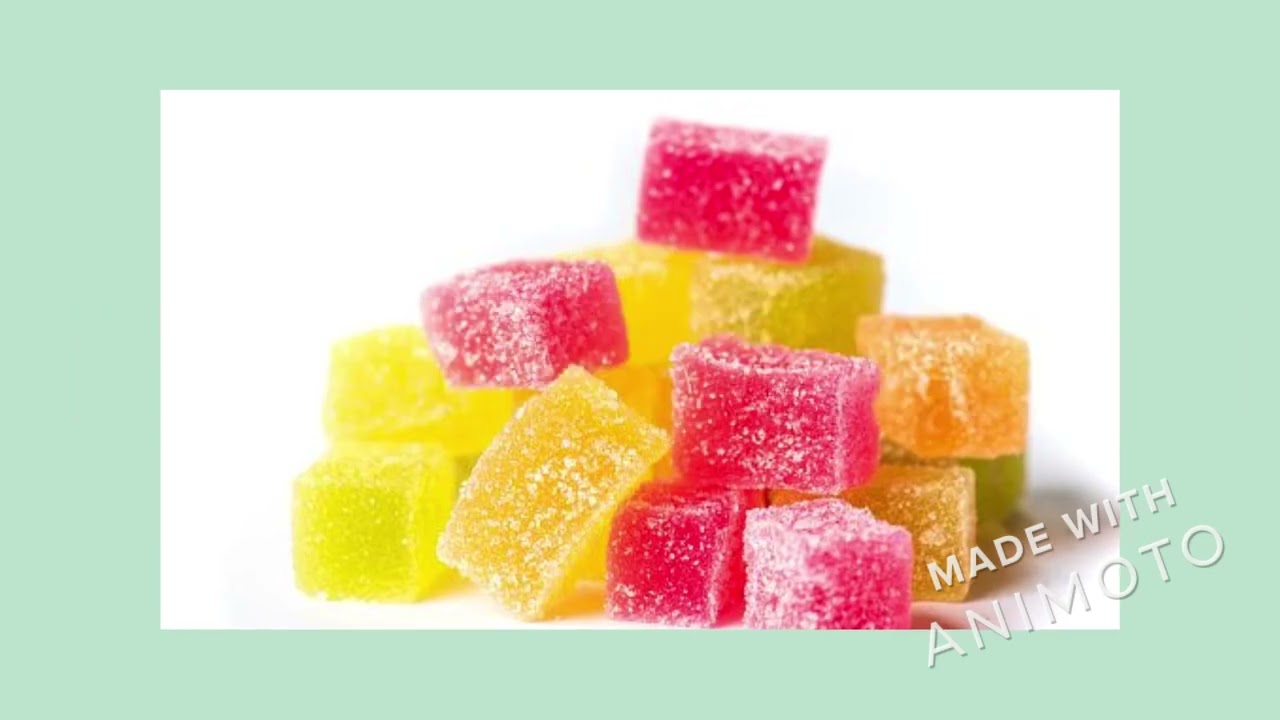Understanding Water Retention in the Context of a Keto Diet
Water retention, also known as edema, is a condition where the body retains excess fluid in the tissues, leading to swelling and discomfort. On a ketogenic (keto) diet, which is characterized by high fat and very low carbohydrate intake, many individuals report experiencing water retention, particularly during the initial phases of the diet. Understanding the underlying physiological reasons can help those on a keto journey to effectively manage this condition. When carbohydrate intake is significantly reduced, the body undergoes metabolic shifts that fundamentally alter fluid balance. Glycogen, the stored form of glucose in the liver and muscles, binds to water; when the body depletes its glycogen stores, as it does on a keto diet, it releases water. This release usually leads to a drop in water retention initially. However, several factors can cause a rebound of fluid retention as the body adapts to the new metabolic state.

Water retention can be influenced by multiple elements such as hormonal changes, dietary intake, and overall lifestyle choices. On a keto diet, these factors may be exacerbated because of the drastic reduction in carbs. When transitioning to a state of ketosis, fluctuations in insulin levels occur, which can subsequently lead to increased sodium retention. Sodium retains water, and thus when dietary sodium is elevated, it can cause the body to hold onto excess liquid, leading to bloating and swelling. Furthermore, electrolyte imbalances often occur during the initial stages of the keto diet, leading to feelings of lethargy and discomfort alongside water retention.
Hydration status plays a key role in retaining water. Surprisingly, individuals on a keto diet often experience dehydration due to diuresis—the increased production of urine as the body flushes out excess ketones. As one becomes dehydrated, the body tends to hold onto remaining water, resulting in swelling. Moreover, insufficient intake of fiber and nutrients from fruits and vegetables may cause imbalances that also contribute to water retention. Addressing these factors is crucial for not only enhancing comfort but ensuring the efficacy of the ketogenic lifestyle. In the subsequent sections, we will delve into scientifically-backed strategies to alleviate water retention while successfully adhering to a keto diet.
Incorporating Adequate Hydration to Combat Water Retention
Staying well-hydrated is essential, especially when following a ketogenic diet. Individuals often perceive that drinking less water might reduce water retention; however, the opposite is typically true. Proper hydration helps maintain fluid balance in the body and can encourage the kidneys to efficiently eliminate excess sodium and prevent electrolyte imbalances. When the body senses it is in a dehydrated state, it tends to conserve water, leading to increased retention. Therefore, consuming adequate amounts of water throughout the day can actually promote the opposite effect by helping to flush out excess fluids. Most experts recommend around 2 to 3 liters (64 to 96 ounces) of water daily, although specific needs may vary based on individual factors such as activity level, climate, and overall health.
In addition to plain water, incorporating hydration-rich foods can also contribute positively to overall fluid intake. Foods such as cucumbers, spinach, and celery are known for their high water content and can provide necessary hydration along with essential vitamins and minerals. Furthermore, it’s beneficial to include electrolyte-rich beverages, especially those containing potassium and magnesium, which are crucial to maintaining fluid balance and can further help mitigate bloating and water retention. Bone broth is another excellent option that not only hydrates but also provides essential nutrients, helping to replenish electrolytes lost during diuresis. By making hydration a priority, keto dieters can effectively combat the discomfort of water retention.
Keeping track of dehydration symptoms is also vital for those following a keto diet. Signs such as dry mouth, fatigue, and dizziness may indicate the need for increased fluid intake. A proactive approach towards hydration involves regularly consuming water and monitoring individual hydration status, helping to ensure that the body is functioning optimally. Moreover, consumers should be wary of diuretics—those who incorporate caffeine-rich drinks might experience frequent urination, thus necessitating an even greater emphasis on hydration. Therefore, understanding how hydration affects water retention and employing systemic strategies to enhance fluid intake may lead to improved comfort and better results while embracing the keto lifestyle.
Balancing Electrolytes for Optimal Fluid Management
Electrolytes, primarily sodium, potassium, and magnesium, play pivotal roles in regulating fluid balance within the body. On a ketogenic diet, the rapid loss of water and both sodium and potassium can result in significant imbalances, consequently exacerbating water retention issues. When carbohydrate intake is minimized, insulin levels reduce, leading the kidneys to excrete excess sodium more efficiently. While this process can aid in initial weight loss, electrolyte depletion can frequently occur. Maintaining a proper balance of these key minerals helps manage water retention effectively. A deficiency in electrolytes not only leads to water retention but can create a plethora of other health issues, including cramps, fatigue, and mood swings.
To address these imbalances, keto dieters should strive to incorporate foods rich in essential electrolytes into their daily meals. Leafy greens like spinach and kale, avocados, and nuts can be excellent sources of potassium and magnesium. Moreover, seasoning meals with salt or consuming bone broth can help replenish sodium levels. Some individuals may also benefit from electrolyte supplements designed specifically for low-carb diets, which provide the necessary nutrients while enhancing hydration. It is crucial to listen to the body’s signals and adapt intake accordingly, carefully monitoring any symptoms of imbalance to mitigate discomfort.
In addition to dietary intake, recognizing personal factors such as exercise levels and climate can inform electrolyte needs. During physical activity, increased sweating leads to the loss of sodium and potassium, necessitating greater consideration for replenishment through diet or supplementation. Staying mindful of these variables ensures that fluid balance is optimally maintained while also supporting energy levels and bodily functions. By effectively managing electrolyte intake, those on a keto diet can not only reduce water retention but also enhance overall health and well-being.
Understanding the Role of Sodium in Water Retention
Sodium is one of the most influential electrolytes when it comes to water retention; it is crucial in regulating fluid balance within the body. While sodium often gets a bad reputation in nutrition conversations—particularly for causing hypertension and cardiovascular issues—the context of individual diets tells a different story. It’s essential to evaluate sodium intake carefully, particularly on a ketogenic diet where low carbohydrate consumption can lead to alterations in sodium needs. High sodium intake leads to an increase in fluid retention, as sodium naturally attracts water. Thus, it is vital to keep track of sodium consumption and ensure it is balanced appropriately with other electrolytes.

On a keto diet, many individuals experience a sudden drop in insulin levels, leading to increased sodium excretion through urine. Consequently, when individuals transition to a lower-carb lifestyle, they may feel compelled to increase their sodium intake to counteract this loss. This can subsequently alleviate feelings of fatigue and improve energy levels while potentially reducing fluid retention. However, caution is advisable, as excessive sodium consumption can still lead to health issues. Striving for a balance is essential; while sodium intake may need to be increased during the early stages of a ketogenic diet, it should not exceed recommended levels in the long term.
Understanding the sources of sodium is also critical. Rather than relying solely on processed foods, which can contain high levels of unhealthy sodium, keto dieters should focus on healthy sources, such as sea salt, celery, and olives, to manage their intake healthily. Monitoring fluid intake alongside sodium levels is also vital—adequate hydration will help mitigate potential retention caused by sodium intake. Tailoring dietary elements properly encourages optimal body function while managing the discomfort of water retention, enabling individuals to enjoy the benefits of a keto lifestyle without experiencing the associated inconveniences.
Adjusting Carb Intake to Influence Fluid Dynamics
The amount of carbohydrate consumed on a ketogenic diet can significantly impact water retention. During the early phases of keto, as the body begins to adapt to a low carbohydrate intake, fluid and electrolyte shifts occur, leading to changes in retention rates. When carbs are first reduced, glycogen stores are depleted, releasing a significant amount of water. However, as the body begins to settle into ketosis, reintroducing carefully monitored carbs can aid in enhancing hydration status without reverting to water retention concerns.
An understanding of how carbs interact with fluid balance can help individuals on a keto diet make informed decisions about their intake. Initially, during carbohydrate restriction, some individuals may experience excessive fluid loss or dehydration, leading to the body holding onto water. Gradually reintroducing low-carb options such as non-starchy vegetables can provide a solution—offering enough carbohydrates to support electrolyte balance without causing water retention. Additionally, managing the timing and type of carbohydrates consumed—such as focusing on fibrous vegetables—can lead to beneficial outcomes without offsetting ketogenic benefits.
Moreover, individuals should assess their individual responses to different types of carbohydrates, experimenting with mindful reintroduction strategies tailored to their unique needs and activity levels. Monitoring how the body reacts to these changes can significantly help in managing symptoms of water retention effectively. A delicate balance between maintaining a ketogenic state and recognizing personal carbohydrate tolerance is essential for optimizing health. By integrating carb management strategies, individuals can experience the benefits of a keto lifestyle while alleviating the discomfort of water retention.
Questions and Answers on Managing Water Retention on Keto
When embarking on a ketogenic diet, questions about managing water retention frequently arise. Understanding how this condition interacts with keto principles is vital. Within the context of a keto diet, what methods can be employed to mitigate water retention? The first approach is ensuring adequate hydration, as proper fluid intake promotes fluid balance. Taking the time to monitor hydration levels and incorporating electrolyte sources can further improve outcomes. Foods rich in potassium, magnesium, and sodium can alleviate many symptoms associated with water retention while also supporting overall bodily functions.
Another common concern is regarding sodium. How should sodium intake be adjusted, and what are its implications on water retention? While sodium is often noted for its water-retaining properties, a nuanced approach is essential. Sodium is necessary for maintaining fluid balance, especially when insulin levels drop during the keto transition. Individuals should include healthy sources of sodium while being aware of overall intake to balance hydration effectively. Understanding personal needs in relation to sodium is crucial for managing both water retention and health effectively.
Finally, is it possible to alleviate water retention while remaining entirely in ketosis? Yes, implementing strategies such as managing carb intake, balancing electrolytes, and ensuring proper hydration can greatly improve comfort without detracting from the ketogenic state. Experimentation with individual dietary needs and lifestyle can lead to tailored strategies to manage water retention. Ultimately, being aware of these dynamics empowers individuals on a keto journey to enjoy their dietary choices without being hindered by water retention. The path to mastering water retention on a ketogenic diet may take time; however, with informed strategies and sound practices, individuals can effectively maintain their health while pursuing delicious low-carb meals.


